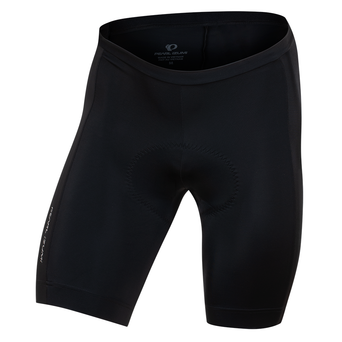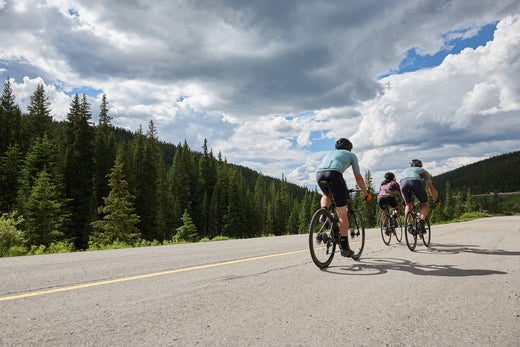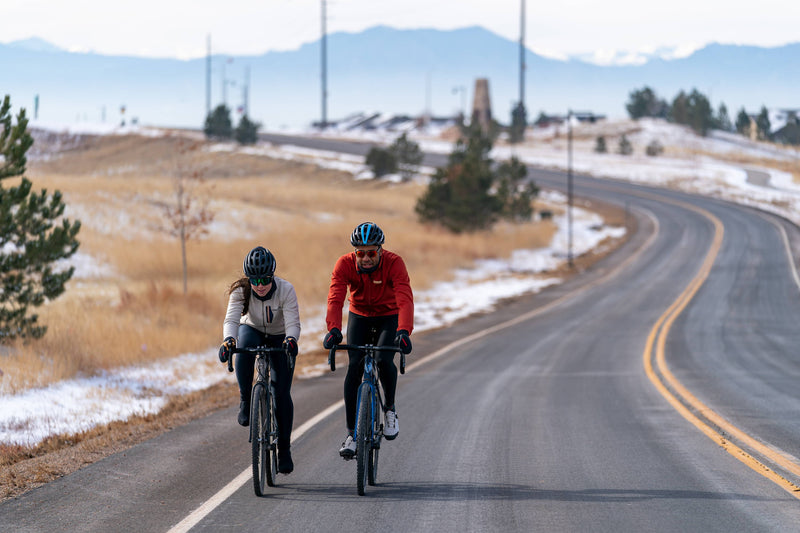Ever had an idea that got you so excited you spent all of your extra time planning how to make it happen? This past spring, I put all of that energy into planning and directing a women’s mountain bike camp at one of my local trailheads. It was my first time organizing an event and I am still overwhelmed at how much fun we had. After learning the ins and outs of planning a successful event, I compiled a list of things to think about when planning your own event. Of course, I can’t give all the steps since each event is different. But this should give you some good pointers to help you get things off the ground. Stay tuned for my upcoming blog post on the camp itself!
1. Come up with an idea. Find something you’re passionate about. Do you have a crazy fun idea for a scavenger hunt? Want to put on a local race? What about a social event involving bikes? Do you want to help others learn a skill? Whatever it is, make sure you care enough about it that you will make it work no matter what. Caring means you won’t give up on the first roadblock (maybe not even after the 20th).


2. Ask for help. You can’t do it all on your own. Start recruiting volunteers. Collaboration will make planning go much easier. Use your connections. If you’ve got a great idea that will get the community together, people will help!
3. Imagine yourself as a participant. What would you want out of an event such as the one you are planning? What would make you enjoy it? What do you remember most after attending a similar event? Try to think about different people’s perspectives and what they may like to see. Ask your volunteers for feedback. Brainstorming is a great tool.


4. PLAN AHEAD. Many events require permits. These permits can take months for approval. The earlier you plan, the easier it is, and the most likely the event will come to fruition. Check with local administration such as the city, park, or other local officials that may have specific rules or regulations that need to be followed.
5. Can you fundraise? If possible, try to fundraise or donate proceeds to a local cause. Why not help out an organization while putting on a fun event? I was able to donate funds to my local youth mountain bike foundation. Any little bit helps!


6. Use social media. Social media is an amazing tool. Start a webpage. There are numerous website builders you can choose from if you don’t have webpage experience. Many of these services are pretty cheap too. Link the webpage to your social media accounts. Get your event out there for the public to see and share.
7. Expect hiccups. Things probably won’t go to plan. Be ready to be flexible. Be open to suggestions. But before changing a plan, think things through and make sure it doesn’t change your goal.


8. You can’t do everything. As the director, avoid juggling too many roles. The more you can delegate, the better. During the day of the event, make sure you are available if things go awry. Don’t be the only volunteer at a station. You need to be mobile, assume a role last minute, or deal with unexpected problems.
9. Take notes. Keep records of what went well, what needed work, and who helped with the event. You may think you’ll remember the details, but it is astounding how easy it is to forget the roadblocks you may have had. Notes will make planning the next event go even smoother.


10. Send thank you notes. Thank you notes are a great way to show your appreciation to those that helped make the event happen. These organizations and individuals will be more likely to help in the future.
11. Take photos! Photos are a great benefit that can be sent to participants, sponsors, community, and for publicity for the next event.


12. HAVE FUN. Your first event may be a bit stressful, but it will be worth it in the end! Remember that things won’t always go as planned. Laugh about it, learn from it, and plan for the next one.





